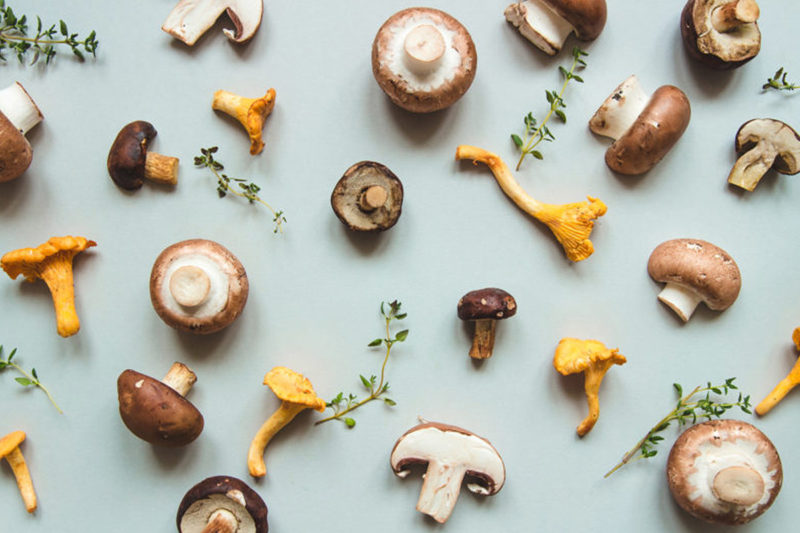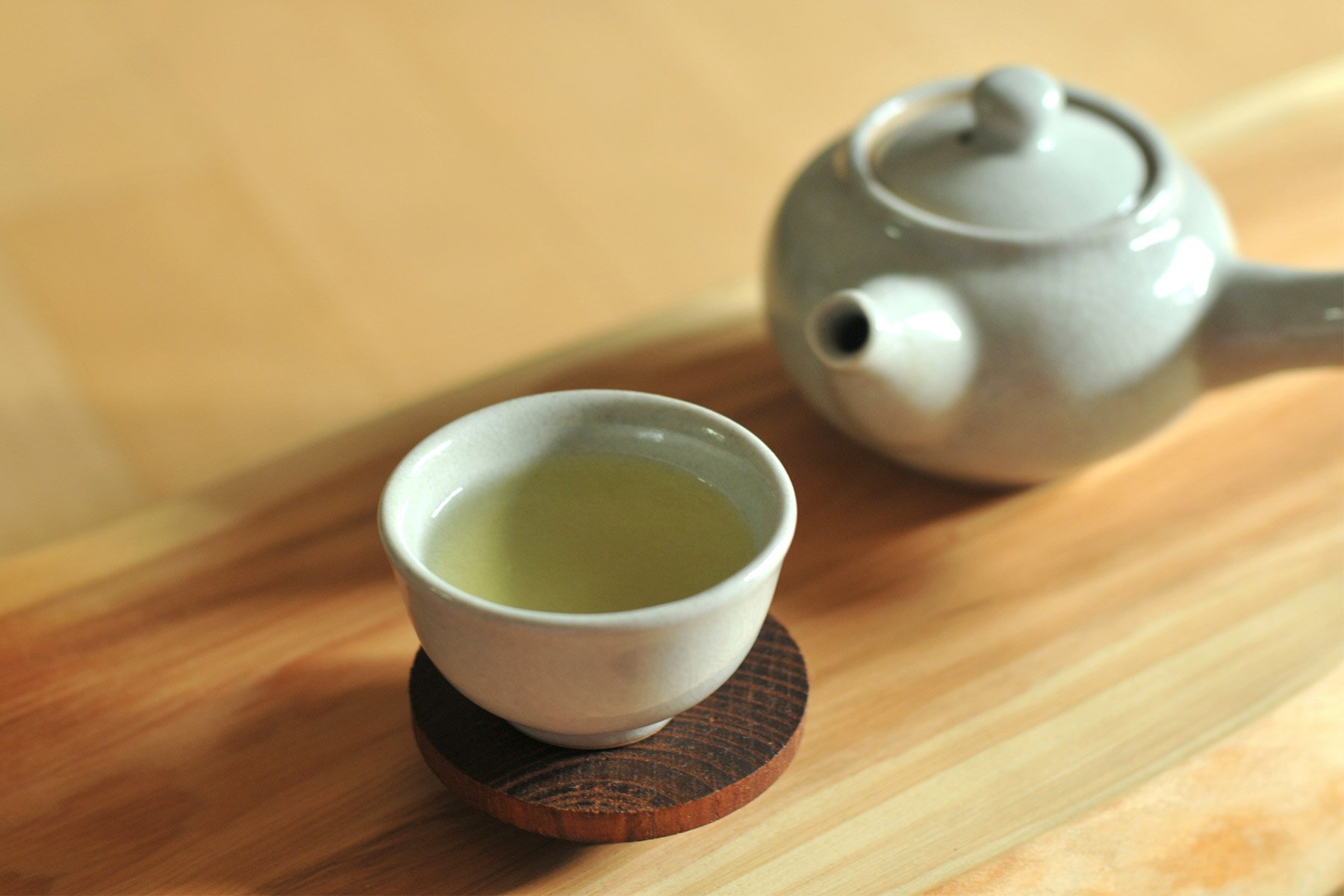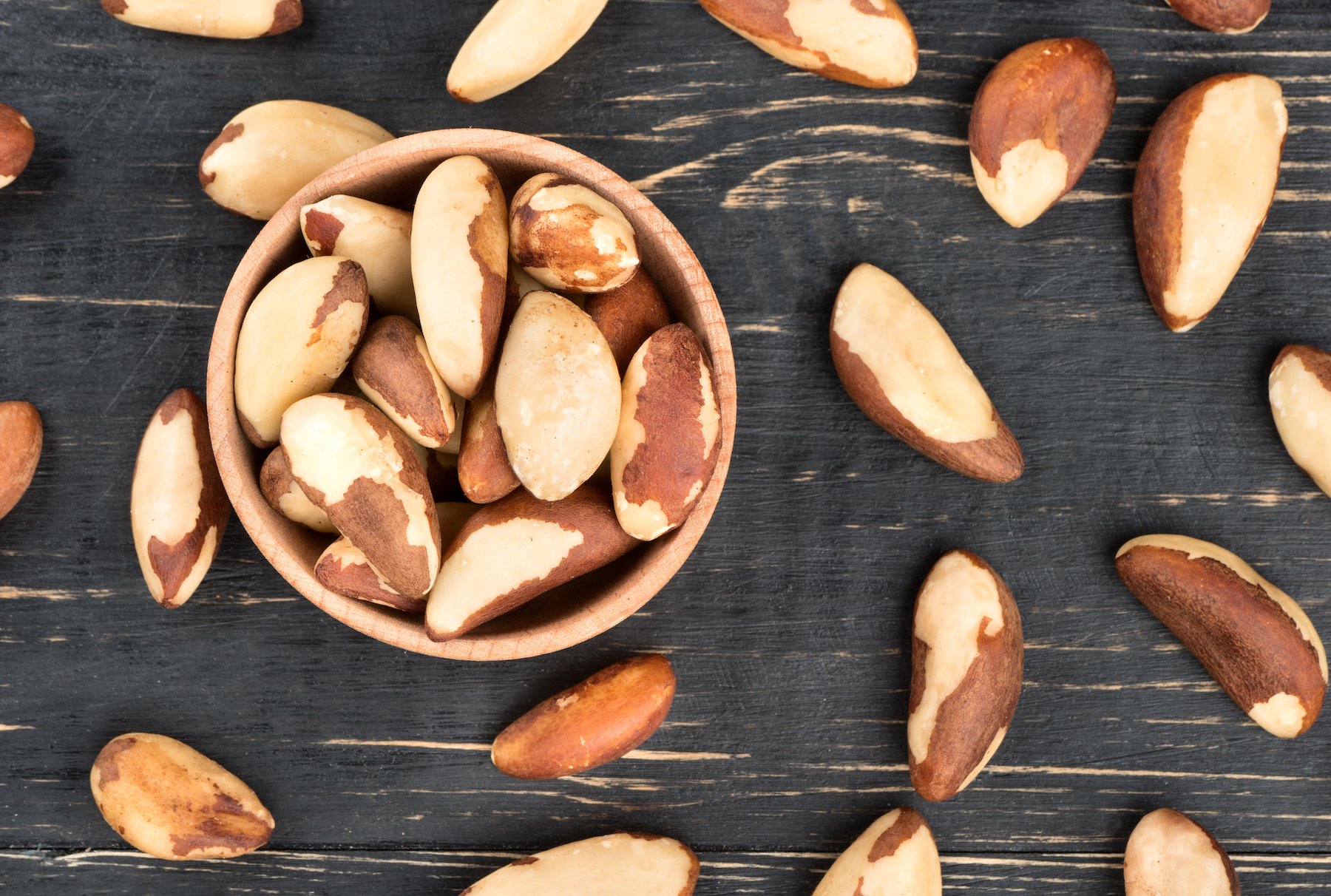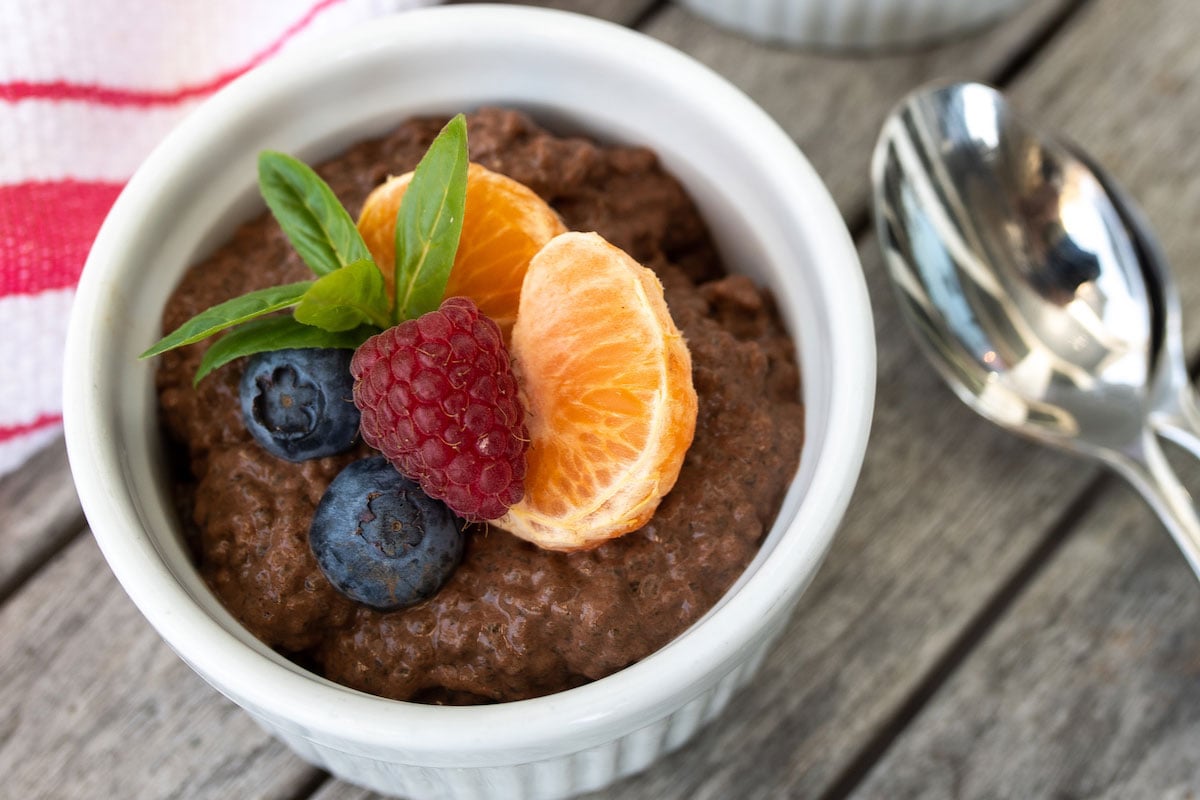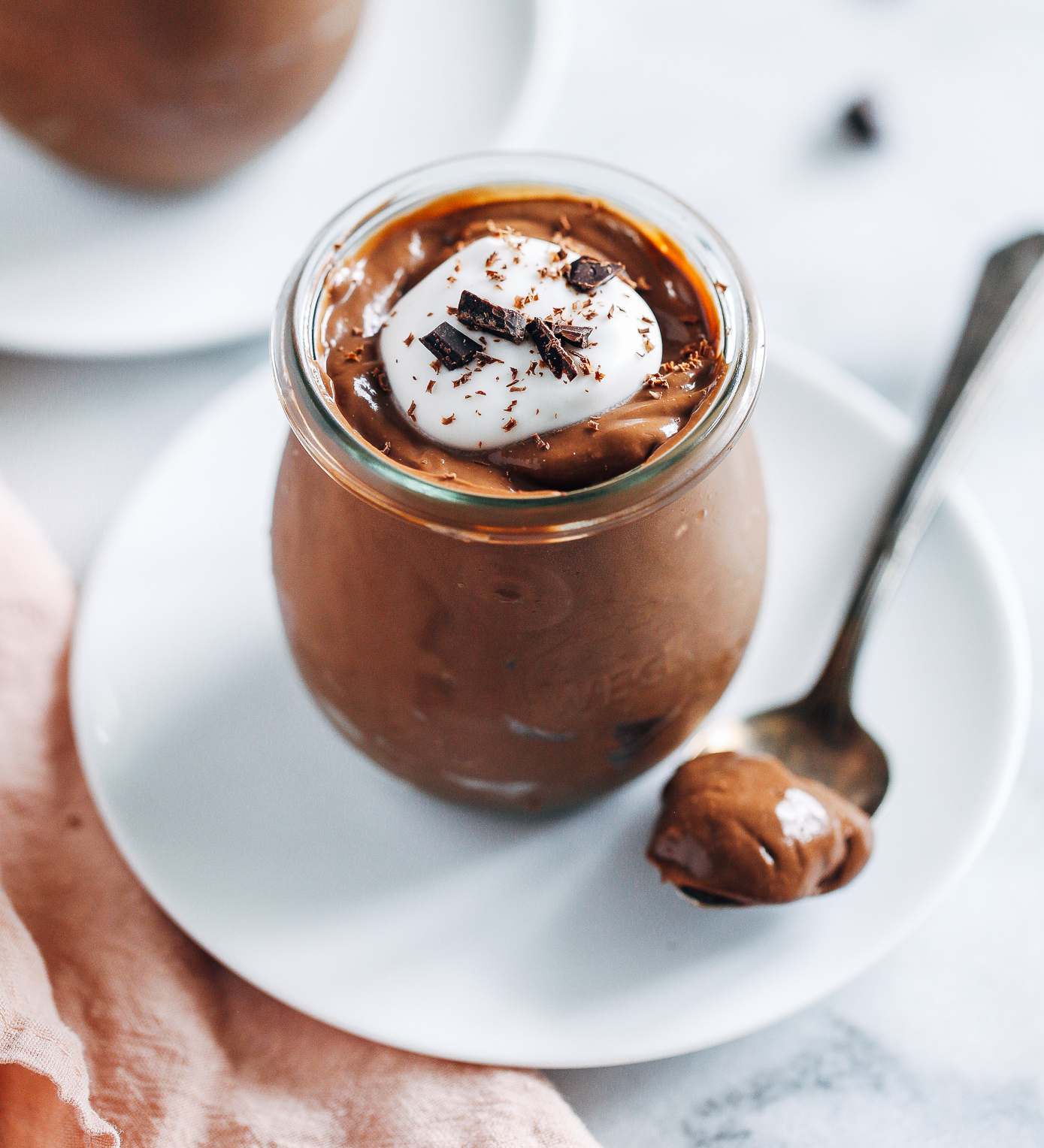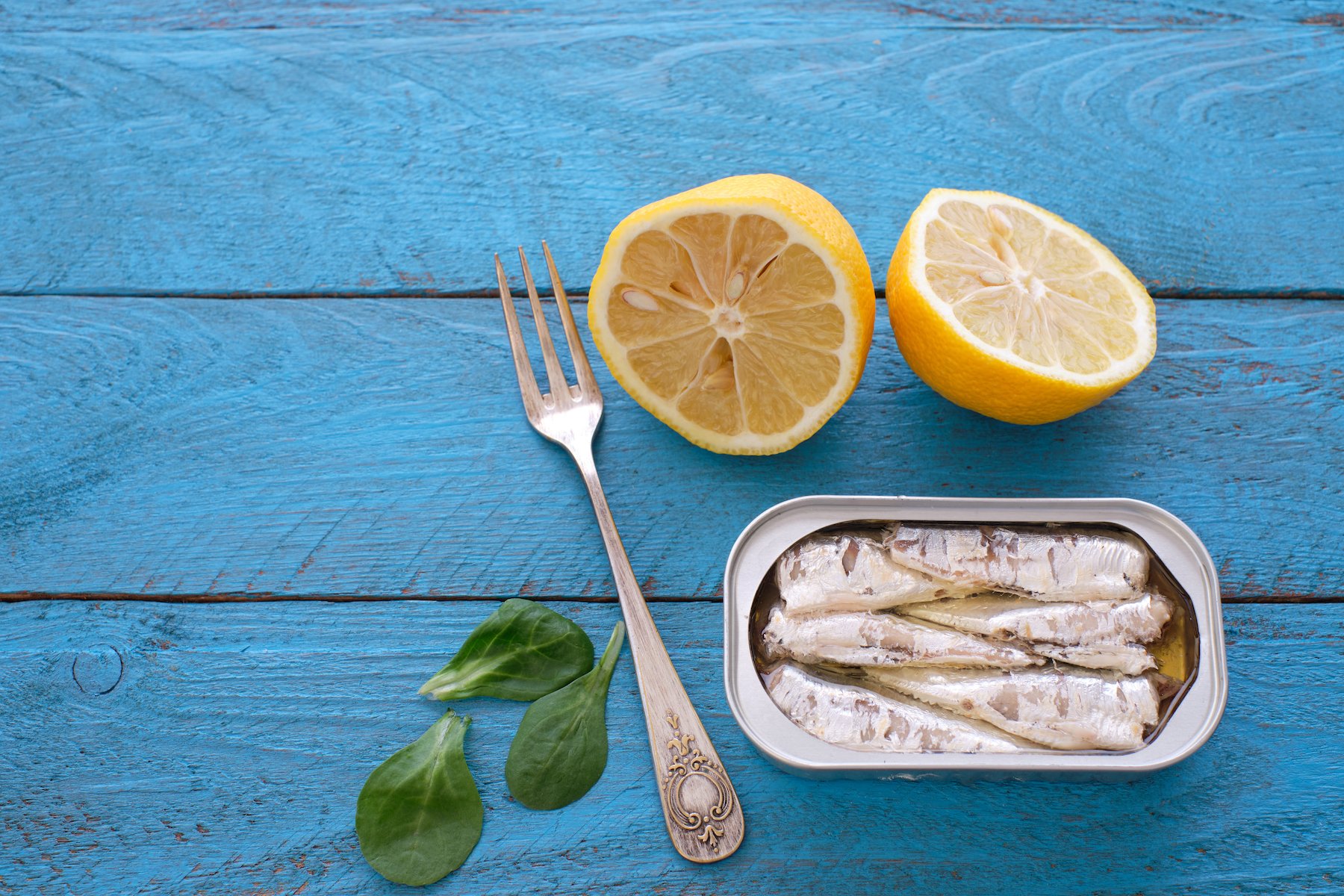With a meaty texture, umami flavor, and slew of nutrients, mushrooms make a great addition to any meal and can even stand-in for some or all of the meat in a recipe.
Technically an edible fungus and not a vegetable, mushrooms have been a prominent part of the human diet for thousands of years, eaten from ancient China to Greece.
Today, mushrooms are an often-overlooked source of nutrition that can support overall and metabolic health. First, mushrooms are low-calorie and low-carb (around 8 grams per cooked cup of white button mushrooms), so they’re unlikely to spike blood sugar. They also contain fiber and a range of vitamins and minerals, including vitamin B2 (riboflavin), vitamin B3 (niacin), vitamin B5 (pantothenic acid), folate, selenium, potassium, and phosphorus.
What’s more, mushrooms are full of bioactive compounds—those that provide health benefits beyond basic nutritional value—like polyphenols, carotenoids, and polysaccharides. Many of these appear to improve blood glucose regulation, counter insulin resistance, and tame oxidative stress and inflammation. All of this can help reduce the risks of metabolic dysfunction and the development of metabolic diseases like Type 2 diabetes.
Why Polysaccharides Matter
Research suggests the polysaccharide compounds in mushrooms are particularly beneficial for metabolic health. Mushroom polysaccharides (a type of carbohydrate) act as prebiotics, which means your gut bacteria break them down to produce beneficial compounds called short-chain fatty acids (SCFAs).
These SCFAs help shift the gut microflora to a healthier balance, which can reduce insulin resistance—likely, in part, by countering chronic, low-grade inflammation that interferes with proper insulin signaling. Additionally, research suggests that SCFAs may help maintain stable blood glucose by promoting the balance of the hormones insulin and glucagon—which work in tandem to raise or lower blood glucose concentrations. They may also reduce appetite via several proposed mechanisms, including by stimulating the release of gut hormones such as glucagon-like peptide-1 (GLP-1), which act on central appetite centers in the brain.
Most of the polysaccharides in mushrooms are a specific type called beta-glucans, which helps lower cholesterol. It does this, in part, by stimulating the production of SCFAs that interfere with the body’s main cholesterol-producing enzyme (HMG-CoA reductase) and by increasing the breakdown of LDL cholesterol.
Mushrooms may aid in weight loss, improving insulin sensitivity and supporting metabolic health. Numerous compounds in mushrooms may contribute anti-obesity benefits via a variety of mechanisms. For example, flavonoids may activate the enzyme AMP-activated protein kinase (AMPK), which, in turn, promotes fatty acid oxidation (aka fat burning) and glucose uptake into cells. Mushrooms can also serve as a low-calorie alternative to meat in popular dishes like burgers and pasta sauces. Other than the caloric reduction that this swap provides, research suggests that various compounds in mushrooms may contribute anti-obesity benefits via a variety of mechanisms. For example, flavonoids may activate the enzyme AMP-activated protein kinase (AMPK), which, in turn, promotes fatty acid oxidation (aka fat burning) and glucose uptake into cells.
Finally, while metabolic disorders and metabolic syndrome are driven by inflammation, research shows that mushrooms can reduce inflammation by inhibiting a protein that turns on pro-inflammatory genes called NF-κB (nuclear factor kappa B). Mushrooms also contain various antioxidant compounds such as glutathione, ergothioneine, and carotenoids that help protect cells and counteract oxidative stress—a process that contributes to the cellular damage that underlies metabolic dysfunction.
Mushrooms Buying Advice
Unless you’re a mushroom expert, skip foraging and stick to farmed mushrooms. Many wild mushrooms are poisonous, and every year they land about 1,400 people in the emergency room.
Most culinary mushrooms contain similar quantities of the same vitamins and minerals. So buy any varieties that you’ll eat and enjoy. White button, cremini, and portobello are the most widely available and affordable. Not sure where to start? Let flavor and texture guide your choice—here’s what you can expect from some popular mushroom varieties:
- White button: About 90% of mushrooms consumed in the U.S. are white buttons. These are small to medium size, mild in flavor, and delicate texture, making them highly versatile. Try them in soups, on pizza, and in omelets.
- Cremini (a.k.a. brown button, baby bella): Creminis are the less mature version of portobello mushrooms. They are light brown and have a more robust, earthier flavor and firmer texture than white button mushrooms. They hold up better in liquids than white buttons, but otherwise, you can use the two interchangeably.
- Portobella: These mushrooms are large (with some portobello caps as big as your palm) and have a richer, somewhat meaty flavor and firm texture that holds up well to marinating and pan-frying or grilling, making them a good meat substitute.
- Shiitake: Popular in Asian cuisines, shiitakes have broad, umbrella-shaped brown caps and a robust, woodsy flavor. Fresh shiitakes lend great flavor to stir-fries, while dried shiitakes pack a concentrated umami punch that’s wonderful in soups.
- Maitake: Also called Hen of the Woods, maitakes are often sold in clusters of brown feathery caps. They have a robust, earthy flavor that’s a bit more delicate than a shiitake, and they’re even slightly peppery (but not hot). Try them in pastas, risottos, and ramen.
- Enoki: Somewhat alien in appearance, enokis have long, spindly stems topped with tiny, button-shaped caps. They have a mild taste and crunchy texture. They can be quickly sauteed and used to add texture to soups, noodle dishes, and stir-fries.
When shopping for fresh mushrooms, choose firm, well-shaped ones free of spots and slime. If possible, inspect the underside of mushrooms—ones with visible gills tend to have a richer flavor than less mature mushrooms whose gills aren’t yet exposed. (Opting for loose mushrooms instead of packaged allows for easier inspection.)
If the idea of mushroom prep is daunting, consider buying pre-sliced mushrooms, frozen mushrooms (without sauces and marinades, which may contain low-quality fats and excess sodium) from brands like Woodstock or Great Value, and dried mushrooms that can be rehydrated and cooked or used to flavor broths and stocks.
Lastly, mushroom coffees and supplements are a different category from culinary mushrooms. Many of these products contain powdered versions or extracts of medicinal mushrooms such as chaga, reishi, cordyceps, and lion’s mane, used in Eastern medicine for centuries. Promising research suggests that extracts of some of these medicinal mushrooms may offer more significant benefits related to immunity, cognition and mood, and energy (at least in mice models) than most culinary mushrooms—but it’s not always clear how much you’d need to consume (or in what form) to experience these results. Based on their traditional use over many years, these products are widely assumed to be safe. However, more research is still needed to determine the optimal dosage of medicinal mushrooms and whether they might interact with certain medications.
Tips for Using Mushrooms
Proper storage, cleaning, and preparation of mushrooms will keep them fresher longer and lend to tastier meals:
- You can store unwashed mushrooms in the refrigerator for up to a week. But they will only last one to three days at room temp due to their high moisture content, respiration rate, and lack of a protective outer covering.
- Store loose mushrooms in a partially open zip-top bag to promote airflow and allow for the release of their natural gases, which will prolong shelf life. Keep packaged mushrooms in their original containers (designed for breathability). Once opened, rewrap the container with plastic wrap and poke a few holes in the top to allow airflow.
- Before cooking mushrooms, rinse them under cold water (without soap), wiping off any debris or dirt with your fingers or a paper towel. Then pat dry. Though mushrooms are porous, as long as you don’t slice them before washing, they shouldn’t absorb too much water. That said, don’t wash mushrooms until you’re ready to use them; otherwise, they can get slimy.
- If you buy too many mushrooms, you can sauté them and freeze them in an airtight container for one month.
- Most mushroom stems are perfectly okay to eat, except shiitake stems, which are tough.
- When cooked, mushrooms develop a satisfyingly chewy texture and savory umami punch thanks to their high levels of the amino acid glutamate. As a general rule, the darker the variety of mushroom, the more umami flavor it possesses.
- Sauteing or searing sliced mushrooms in a skillet over medium-high heat with a minimally refined fat (like olive oil, avocado oil, coconut oil, ghee, or grass-fed butter) and some garlic or herbs is the easiest way to get started. Toss the cooked mushrooms into pastas, grains, stir-fries, and omelets for a flavor and nutrient boost.
- Check out this guide from Cook’s Illustrated for pointers on how to prep five common types of mushrooms for sauteing.
Ideas for Eating Mushrooms
Mushrooms are most satisfying when cooked. Use them to lighten up meat dishes, add depth to broths, or even make a crunchy snack.
- The hearty texture and umami flavor of cooked mushrooms naturally complements meat. Try substituting half the ground beef in your burger patties, taco meat, and meat sauces with finely chopped fresh mushrooms and cooking as you normally would. Research suggests this “blending” method can enhance flavor while reducing calorie, fat, and sodium intake.
- For a plant-based burger or steak alternative, marinate and grill whole portobello mushroom caps until caramelized and golden, about 3-4 minutes per side. Serve bunless or on a homemade cauliflower bread bun.
- Pair sauteed or roasted mushrooms with a pasta alternative such as zucchini or konjac noodles and your favorite protein for a satisfying low-carb dish.
- Use sauteed or roasted mushrooms as topping on cauliflower crust pizza. For optimal flavor and texture, always cook mushrooms before topping your pie.
- Serve roasted mushrooms as a simple side dish or appetizer: Toss white button or cremini mushrooms with olive oil, chopped fresh garlic, herbs, salt, and pepper. Cook on a baking sheet at 400° F for about 10 minutes or until browned.
- For a crunchy, low-carb snack, make mushroom chips. Using a sharp knife or mandolin, cut your favorite mushrooms (oyster and portobello work well) into ⅛-inch slices. Brush slices with avocado or olive oil, space evenly on a baking sheet, and sprinkle with salt and pepper. Bake at 300°F for about 45 minutes, or until golden and crispy.
- Add sauteed, roasted, or dried mushrooms to soups and stews to enhance flavor. Dried mushrooms (especially dried shiitakes) are particularly high in umami and are often used to make flavorful broths in Japanese cuisine.
